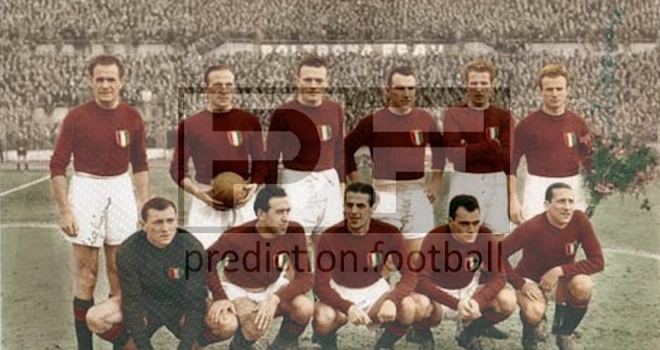Football has seen moments of joy and triumph but also times of sorrow that affected entire communities. These ten stories remind us of the risks faced by players and fans alike, and the profound impact of loss on the beautiful game.
Superga Air Disaster (1949)
On May 4 1949 the plane carrying the Torino football team crashed into the Basilica of Superga near Turin. All 31 people on board including 18 players lost their lives. Torino had dominated Italian football in the 1940s and this accident devastated the sport in Italy.
The tragedy led to a period of national mourning and prompted major improvements in air travel safety for sports teams. The legacy of the Grande Torino side lives on as a symbol of excellence cut short.
Munich Air Disaster (1958)
On February 6 1958 British European Airways Flight 609 crashed after takeoff from Munich Airport. Eight Manchester United players and three club staff members died along with several journalists and crew. The survivors faced a long road to recovery but the club rebuilt its squad under manager Matt Busby.
This event highlighted the vulnerability of teams travelling by air and led to stricter aircraft deicing procedures. United’s revival in the following decade is seen as one of football’s greatest stories of resilience.
Heysel Stadium Disaster (1985)
On May 29 1985 Liverpool and Juventus met in the European Cup final at Brussels’ Heysel Stadium. Before kick off a wall collapsed under pressure from fans leading to 39 deaths and over 600 injuries. The match was played under heavy scrutiny and Juventus was declared the winner.
The disaster prompted a five year ban on English clubs from European competition and major stadium safety reforms across the continent. Heysel remains a stark warning of what can happen when crowd control fails.
Bradford City Fire (1985)
On May 11 1985 a fire broke out at Bradford City’s Valley Parade ground during a match. A discarded cigarette ignited old accumulated debris under the wooden stands. Fifty six people lost their lives and at least 265 were injured in one of the worst stadium fires in history.
The disaster led to a complete overhaul of stadium safety standards in England including banning wooden terraces and introducing rigorous inspections. Valley Parade was rebuilt as a modern all seater stadium.
Ibrox Stadium Disaster (1971)
On January 2 1971 Rangers faced Celtic in a Scottish League Cup match at Ibrox. During a crush on Stairway 13 sixty six supporters were killed and over 200 were injured. The tragedy occurred as fans tried to leave the stadium and highlighted dangerous exit routes.
As a result Rangers conducted a major redevelopment of Ibrox including wider stairways and better crowd management. The upgrades became a model for stadium safety worldwide.
Port Said Stadium Riot (2012)
On February 1 2012 a match between Al Masry and Al Ahly in Port Said Egypt ended in violence after the final whistle. Supporters invaded the pitch attacking players and rival fans. At least 74 people died and hundreds were injured in one of modern football’s darkest moments.
The incident led to the suspension of the Egyptian Premier League for two years and prompted reforms in policing and stadium security measures across Africa and the Middle East.
Chapecoense Plane Crash (2016)
On November 28 2016 LaMia Flight 2933 carrying Chapecoense players staff and journalists crashed near Medellin Colombia. Seventy one of the seventy six people aboard died including most of the first team squad. Chapecoense had been en route to play the Copa Sudamericana final.
Fellow clubs around the world offered players and financial support to help rebuild the team. The tragedy led to improvements in charter flight regulations for sports teams across South America.
Marc‑Vivien Foé Collapse (2003)
On June 26 2003 Cameroon faced Colombia in a Confederations Cup semi final match in Lyon. Marc Vivien Foe collapsed midway through the second half due to an undiagnosed heart condition. He could not be revived and died in hospital later that day at age 28.
Foe’s death prompted FIFA to introduce mandatory cardiac screening for players in international tournaments. His legacy lives on through annual memorial matches and a foundation supporting cardiac research.
Andres Escobar Murder (1994)
After scoring an own goal that contributed to Colombia’s early exit from the 1994 World Cup defender Andres Escobar returned home to Medellin. On July 2 1994 he was shot dead outside a nightclub in what was widely believed to be revenge for his World Cup mistake.
The killing shocked the football world and drew attention to the intersection of football crime and organised violence in Colombia. Escobar is remembered as a symbol of sportsmanship and the tragic costs of pressure in high stakes sport.

